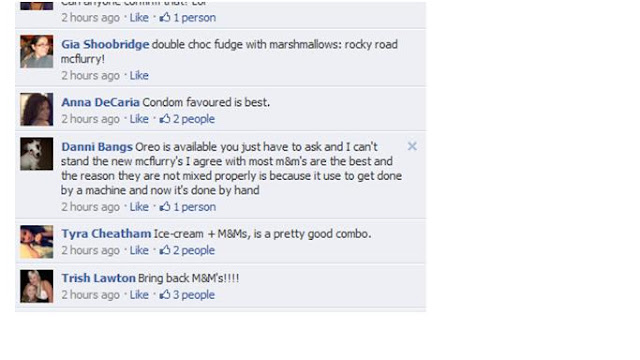Lately every time I open my emails I am flooded with deals from LivingSocial, Spreets, Cudo, Ouffer and Groupon. What used to be a daily email with a pretty good deal has since become multiple emails everyday with multiple offers and little difference between the various deal sites.
I know, I’ve done this to myself....I love a bargain and used to look forward to an offer that would catch my attention. But now the offers seem to be the same thing: teeth whitening, an overseas holiday, yoga classes, massages etc. ect. It is at the point now where I almost always delete them all without opening....something like junk mail for the compulsive dealer.
In a recent issue of the Marketing Mag Joe Barber, founder of Third Screen Media a mobile marketing focused company, shares his thoughts about these group buying discount offers. The title of this article is “Daily Deals – Not the ‘Cash Cow’ it used to be”.
I wanted to share the first two paragraphs, I think this pretty much sums it all up:
“Did you blink and miss the whole daily deals rise to stardom and now wondering what happened as the segment enters the twilight phase? Just further evidence that the mobile industry is fast paced and changing every hour.
Recent studies including one by Kantar show a decline in traffic for both industry leaders Groupon and LivingSocial. Combine that with Facebook dumping their daily deals altogether and Yelp Deals downsizing and the tsunami of daily deals is entering a new phase as quickly as it rose.”
To me, this is a fantastic summary of the state of play. First there were only a few online deal providers and then there were heaps and now there are too many and nobody cares about them anymore. It makes we wonder about the businesses and media outlets that backed these websites. There was a significant investment in traditional media advertising to get people to register and purchase. And now, I am sure I am not the only one who loved these deals and now deletes them without a second thought (but can’t be bothered to unsubscribe...lazy I know).
For businesses going to Spreets etc to sell an offer there is a big investment of revenue generated ( I think it can be up to 50% of total taking being kept by the deal site) and what value do you really get? I actually think it is a serious threat to the idea of customer loyalty, these deals are encouraging people to shop on price and keep an eye out for the next good deal. For businesses like hair salons where a loyal customer base is gold I see these deals really affecting their client base.
Perhaps the future of these deals is where Barber sees opportunity:
“Deals need to be more localised and immediate and need to be moved away from the ‘soft cost’ services market of discretionary spend items like haircuts, spa treatments, restaurants and holidays and start delivering deals on staple goods like groceries, clothing and even electricity!”
Do you see a future for daily deals? Is Barber on the money or is there another way deals could find a second life?
